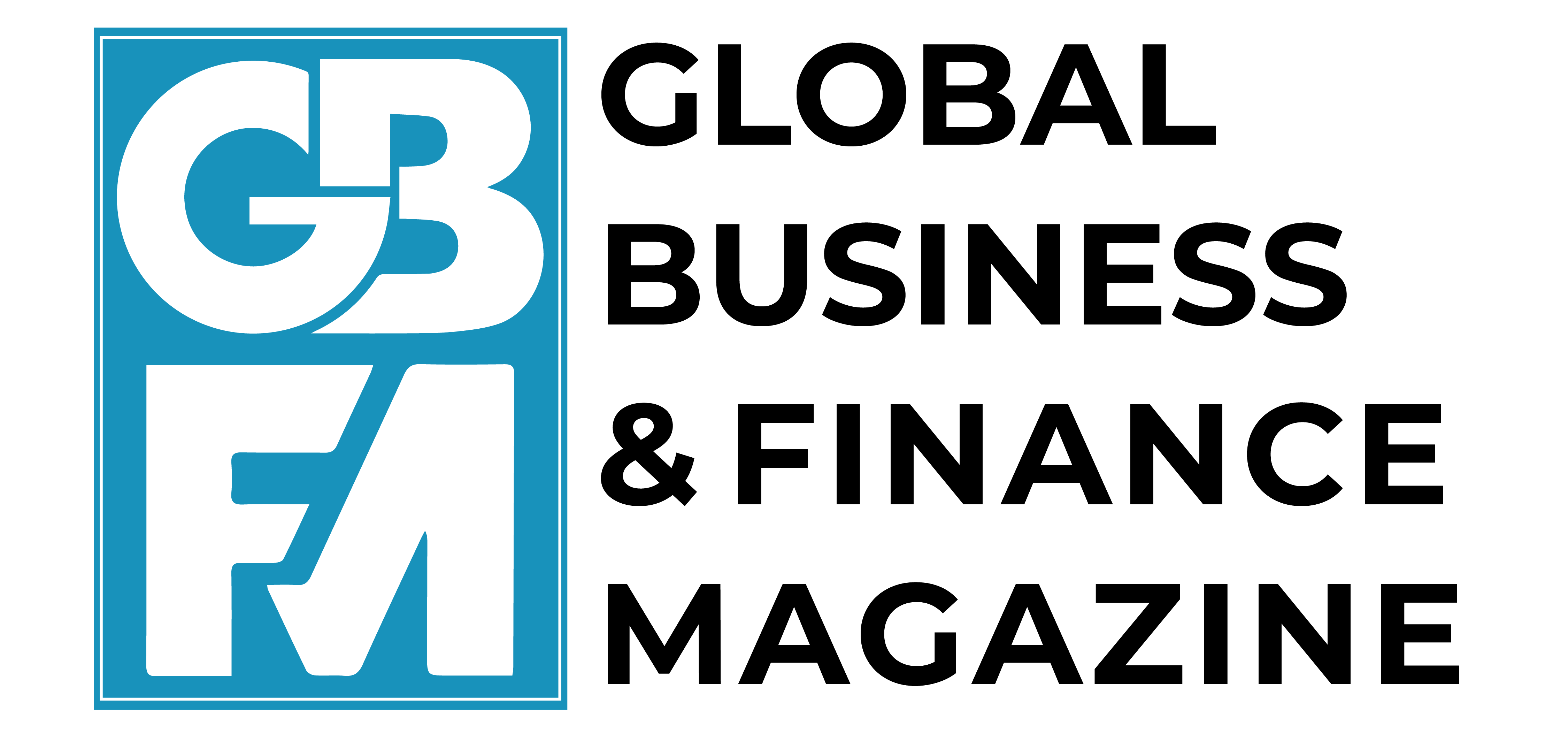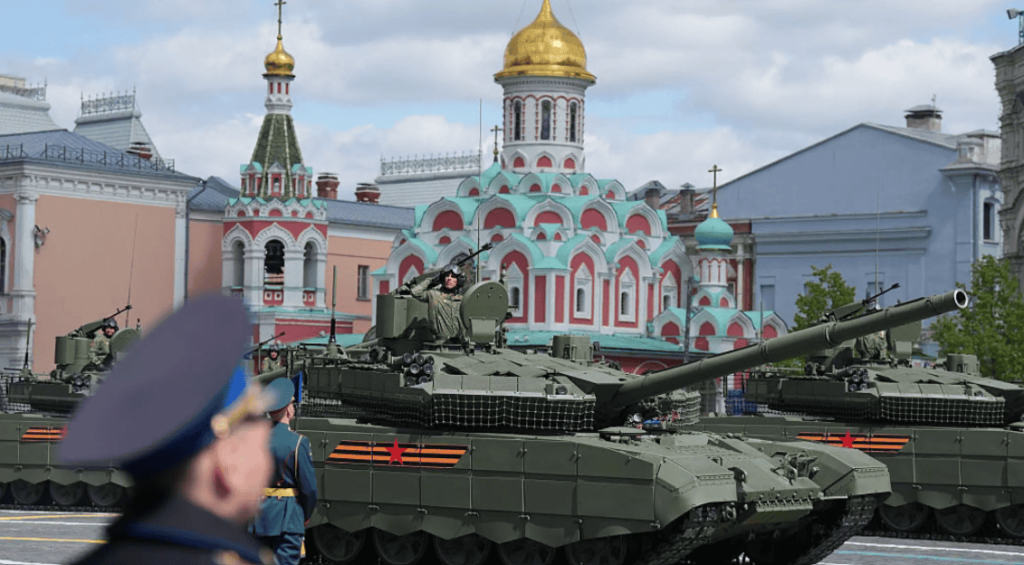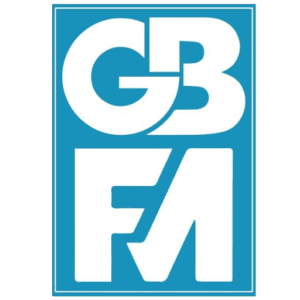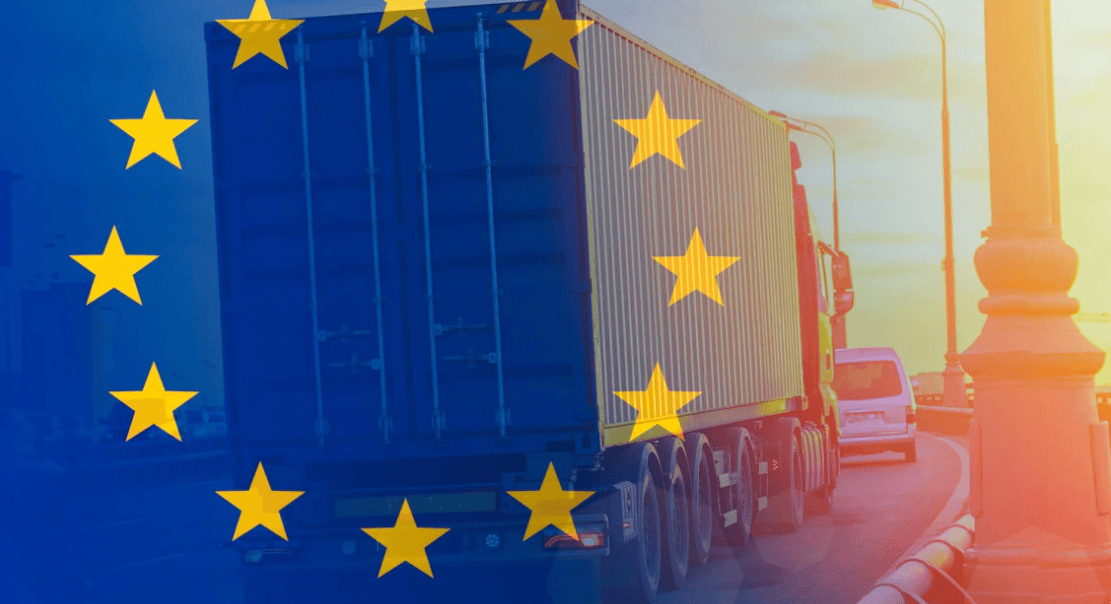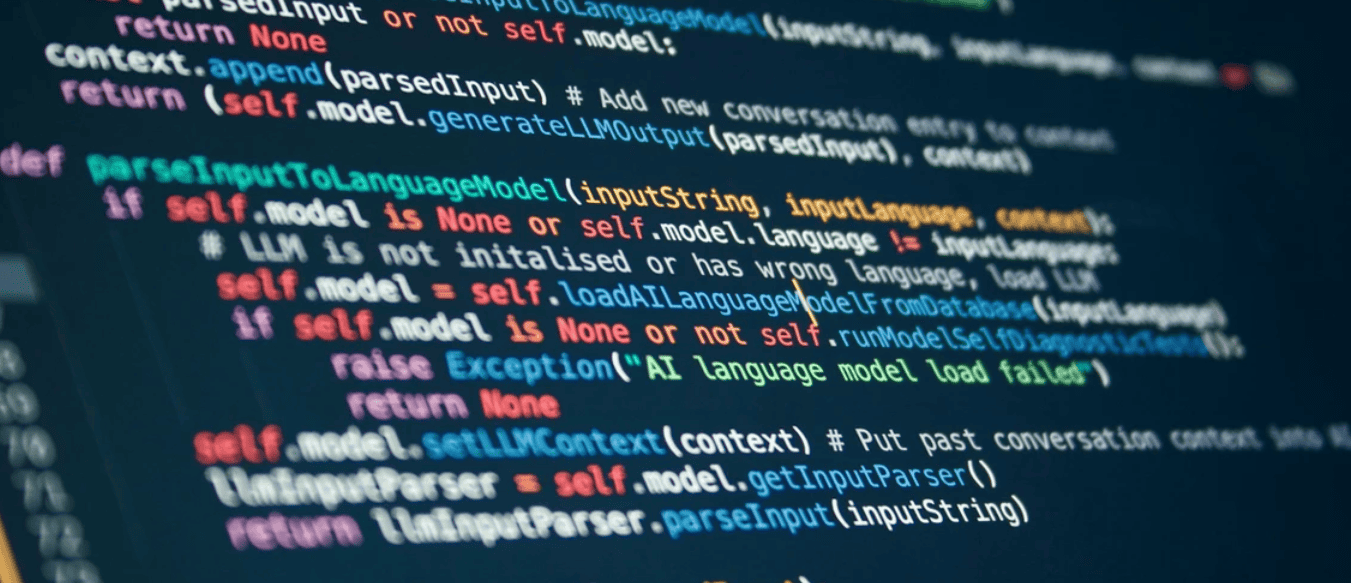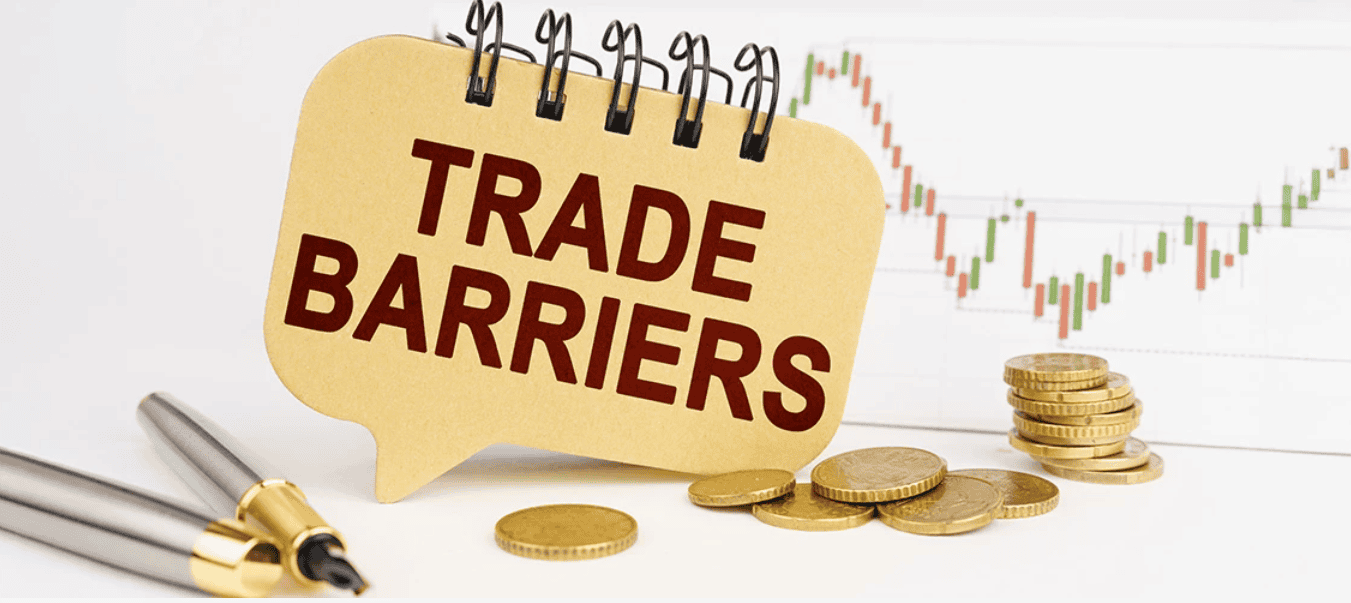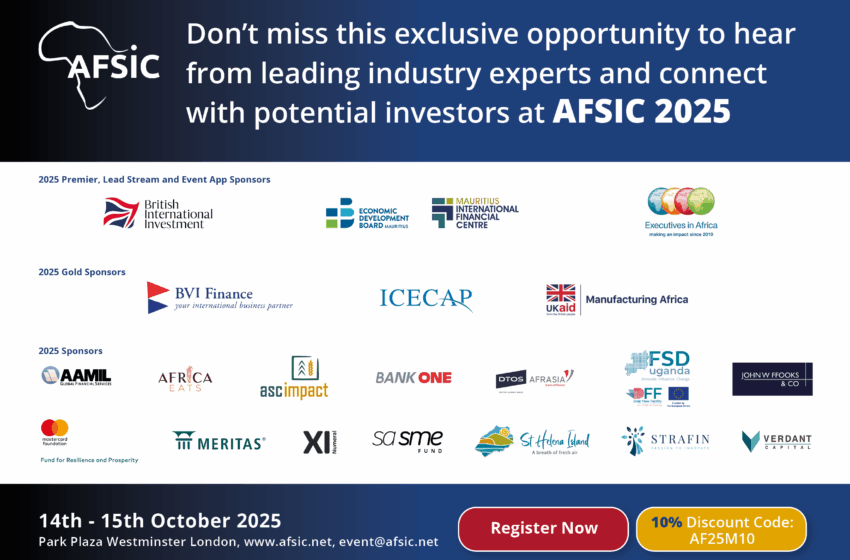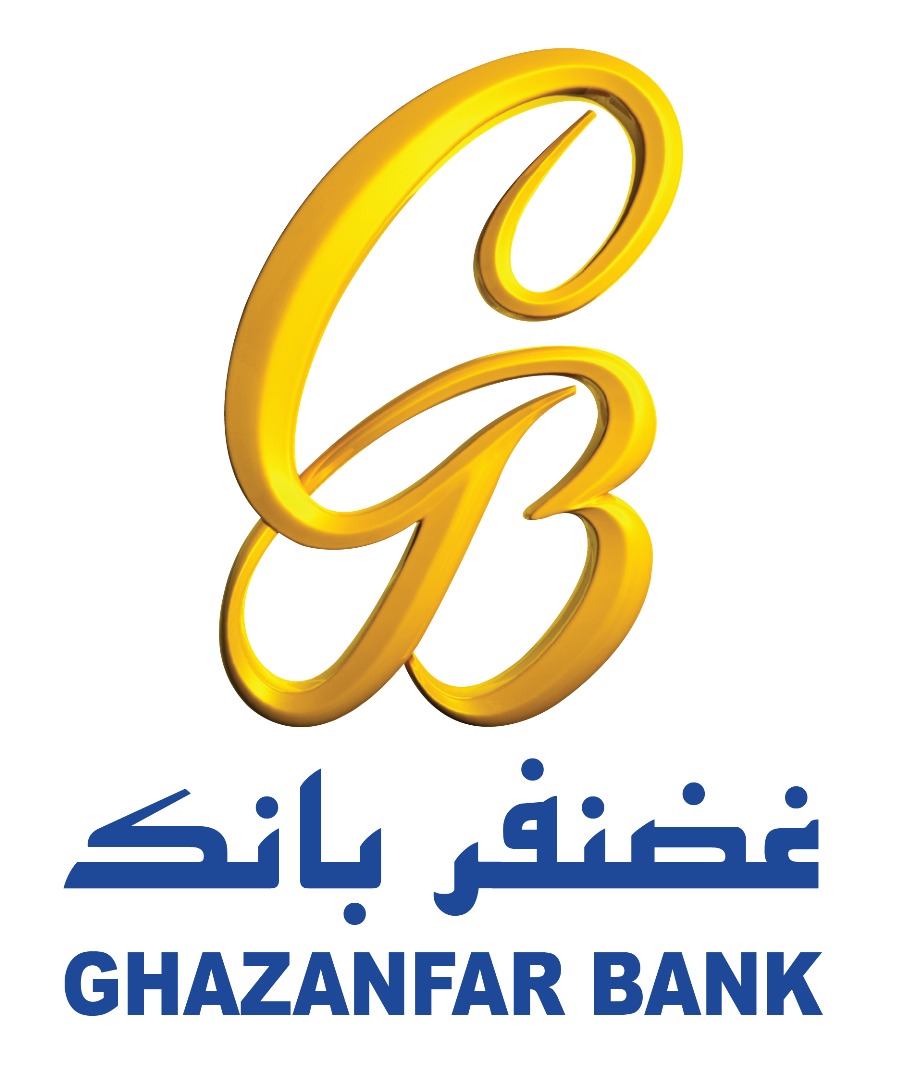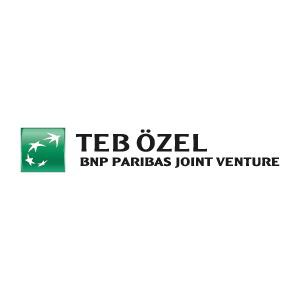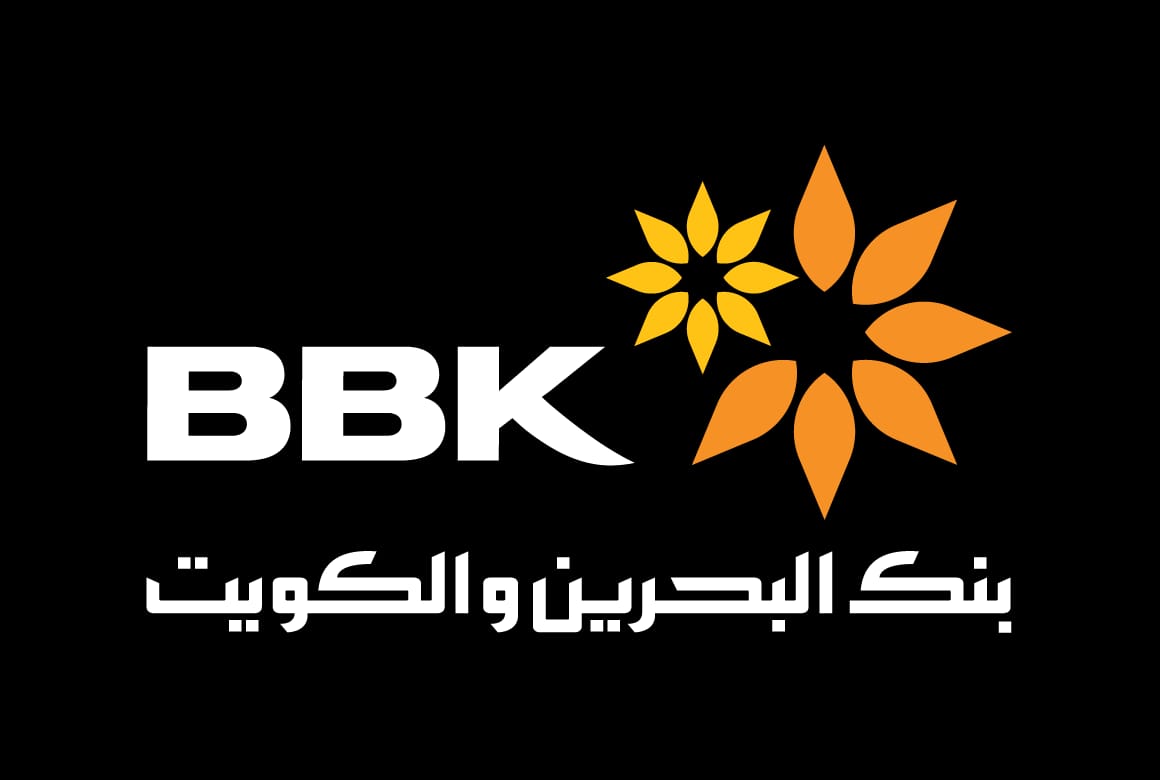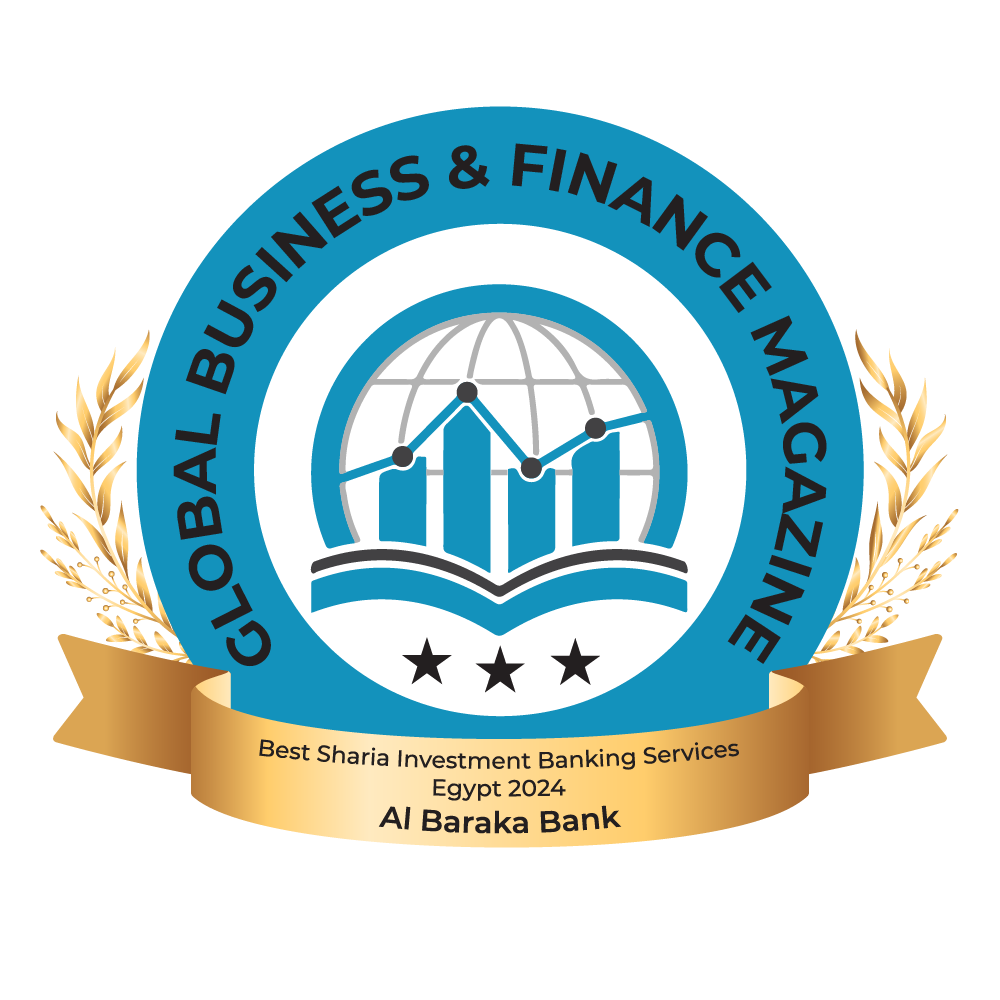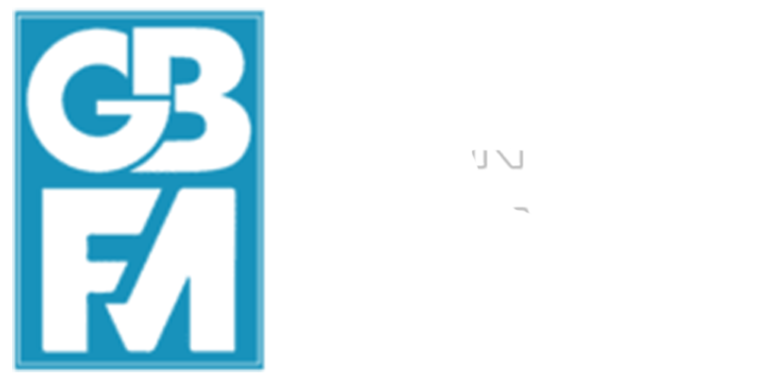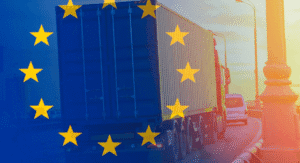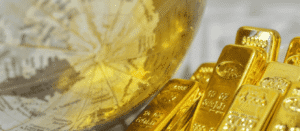A contracting economy and low oil prices are signs of potential constraint on Russia’s ability to maintain its military capabilities.
At the St. Petersburg Economic Forum in early June – once a prestigious Russian annual gathering for global investors, now a more insular event1 – a panel featuring Russia’s finance minister, economy minister and central bank governor addressed the country’s economic outlook. In a notably tense exchange, the moderator posed pointed questions about Russia’s stalled economic transformation, prompting economy minister Maxim Reshetnikov to admit that the country is likely heading into a recession2.
The recession Russia faces is not a flaw but a feature of its policy of militarisation, reflecting the inherent trade-offs of prioritising defence – not only of Russian national interests, but of the regime itself – over development (Ribakova, 2023). The sharp exchanges at the forum were less about genuine debate and more about President Putin deflecting responsibility. Despite his directives, Russia’s technocrats are struggling to modernise the economy amid global isolation and an overwhelming focus on military production. Higher prices for Russia’s commodity exports may offer short-term relief but are no substitute for reform.
Russia’s economy has undergone significant transformation since its full-scale invasion of Ukraine in February 2022. In the first year of the war, Russia experienced a moderate contraction as sanctions3, the withdrawal of foreign companies4 and overall uncertainty took effect. However, the impact was largely offset by a favourable terms-of-trade shock from higher commodity prices and support from third countries – especially China, Turkey, the UAE and countries bordering Russia – which have served as conduits for sanctions evasion (Hilgenstock et al, 2024)5. As a result, Russia’s GDP contracted by 1.4 percent in 2022, according to Rosstat6, much less than the expectation of an 8 percent contraction in the Bank of Russia’s spring 2022 survey7.
By 2023, the Russian economy had increasingly shifted to a war footing (Gorodnichenko et al, 2024). Budget spending, counter-sanctions measures and credit growth boosted investment, construction and overall economic activity (Cooper, 2025). The military-industrial sector benefitted the most (Shkurenko et al, 2025), as did private consumption driven by war-related payments (Solanko, 2024) and high real wage growth resulting from the tight labour market. Meanwhile, sectors reliant on Western markets or foreign companies continued to struggle (SITE, 2025).
Consequently, Russia’s GDP grew by 4.1 percent in each of 2023 and 20248. However, by mid-2023, signs of economic overheating began to appear. Unemployment reached historic lows (at just 2.3 percent it is alarmingly low for any emerging market), while wage growth and inflation accelerated. In response, the Bank of Russia raised interest rates from 16 percent in July 2023 to 21 percent by October. Still, with much lending occurring at subsidised rates and the military-industrial complex shielded by public procurement, the rate hikes primarily impacted non-war-related sectors.
By the end of 2024 and in early 2025, signs of economic deceleration had become evident. Even the military-industrial sector began to stagnate. The economy had butted up against its supply-side constraints and the Bank of Russia was focused on reining in inflation. In the first quarter of 2025, annual growth slowed to an estimated 1.4 percent year-on-year (from 4.5 percent in the last quarter of 2024). This actually means a 0.6 percent contraction of activity compared to the previous quarter – the first quarterly contraction since the second quarter of 2022 (Figure 1).
Contraction was driven by falling activity in mining, trade, real estate and leisure, which growth in agriculture, manufacturing and public administration were not able to offset (Figure 2). Rosstat’s monthly indicator for the performance of major industries shows that the economy’s struggles have extended beyond the first quarter of 2025 (Figure 3). Industrial production dropped in March-April before stabilising somewhat in May, and the Purchasing Managers’ Index (PMI) at 50.2 was barely in growth territory in May after two months of contraction9, reflecting the impact of high interest rates, acute labour shortages, sanctions-related supply chain disruptions (Bilousova et al, 2024) and likely lower oil prices. As a result, the Bank of Russia cut interest rates by 100 basis points to 20 percent at its June policy meeting despite persistently high inflation (Figure 4).
Despite much talk at the June St. Petersburg Economic Forum, neither monetary nor fiscal policy can deliver the deep structural transformation that genuine reforms and investment-driven growth can achieve. However, Russia neither can, nor appears to want, to rejoin the global economy as an open, market-based system. Without a strategic pivot, the space for sustainable growth narrows10.
If it continues the current model of militarisation, Russia will face more difficult policy choices. Russia has little room for manoeuvre as far as the budget is concerned (Hilgenstock et al, 2025). By May 2025, the federal budget had reached a deficit of 3.4 trillion rubles (about €37 billion)11, almost 90 percent of the 3.8 trillion ruble12 (1.7 percent of GDP) target for the full year – which had been increased from 1.2 trillion or 0.5 percent of GDP13, as part of a remarkably early budget revision (Figure 5)14.
One trigger was the sharp drop in oil prices, with Russia still heavily dependent on oil and gas revenues (30 percent of Federal budget revenues in 2024). Russia’s finance ministry originally assumed an oil price $69.7/barrel, but the actual average export price from January to May 2025 was about $59/barrel, according to the International Energy Agency; the revised budget is based on $56/barrel15. Risks are clearly to the downside, however. In May, Russian oil sold at slightly above $51/barrel. If Israel, Iran and the United States avoid further escalation, global oil prices are likely to remain moderate, which would further erode the Russian budget. Should oil prices spike, stronger oil price cap enforcement will be critical for Ukraine’s allies (Ribakova et al, 2023).
Oil and gas revenues, which dropped 14 percent year-on-year in January-May 2025, are not the only issue, however. Because of the stalling economy, other revenues (including corporate and personal income taxes) are also growing less robustly and expenditures are up significantly – 21 percent higher in January-May 2025 than in 2024. High spending in the first months of the year is not atypical for Russia because of pre-payments for military contracts – a similar situation was observed in 2023 and 2024 – and the deficit in the past tended to stabilise by autumn. However, the cumulative deficit in May was more than five times what it was in 202416 and 12 percent bigger than in 2023, the largest deficit in recent years (Figure 6). This situation should be watched closely. If average monthly expenditures are not brought down and revenues continue to underperform, Russia will likely miss even its revised budget target.
Budget financing is also not without challenges. The liquid portion of Russia’s national wealth fund (NWF) dropped at the end of May to 2.8 trillion rubles (about €30.5 billion), 71 percent lower than before the start of the full-scale war (Figure 7)17. For the first time in a long time, liquid NWF assets are, thus, lower than the expected budget deficit. As a result, Russia has had to rely more heavily on domestic debt issuance to finance the budget. Between January and June 2025, the Ministry of Finance sold bonds worth 2.0 trillion rubles with Russian banks effectively the only remaining buyer following the exit of foreign investors. This represents 35 percent of the 4.8 trillion rubles in new issuance planned for the whole year18. While real yields should be quite attractive, the Bank of Russia has had to resort to repo schemes several times in recent months to get banks to buy more bonds (Milov, 2025) – heavy lending to the private sector is crowding out the ability of banks to finance the government (Kennedy, 2025).
The Bank of Russia is grappling with significant challenges as it tries to balance the competing objectives of sustaining economic growth and curbing inflation. While it channels credit to priority areas – particularly the military – it is forced to tighten credit for the rest of the economy, placing added pressure on non-military sectors. Moreover, there is an ongoing debate on whether the official inflation figures may be understated, raising concerns about the true scale of economic imbalances.
As Andrey Makarov, Chairman of the State Duma Committee on Budget and Taxes, lamented during the St. Petersburg Forum, President Putin had emphasised the need for structural transformation in his 2023 address – but where is it? Instead, the economy faces worsening conditions: “fewer goods, rising prices and declining quality”.
This is not an accident, rather a feature of the current system. A wave of nationalisations19 and the redistribution of wealth to Kremlin loyalists20 has further eroded an already weak investment climate. Foreign companies are not lining up to return; there is no profit to be made21. Nor are the domestic firms that benefitted from isolation eager to see renewed competition. Even China has been cautious in its investment approach (Kluge, 2024), focusing mainly on providing Russia with consumer goods and war-critical inputs22. Meanwhile, the military-industrial complex remains unprofitable (Shkurenko et al, 2025), with little spillover into civilian productivity. Russia has lost major export markets for its defence products, faces rising costs from sanctions evasion and suffers from weak labour and migration policies – all of which compound its structural challenges.
Russia’s economic reality is more nuanced than a narrative of imminent collapse or the ability to sustain a ‘forever war’. Russia’s capacity to maintain its wartime footing relies heavily on oil prices and the trajectory of the sanctions regime. Much depends on the stances of the US, European Union and China. European resolve amid possible sanctions relief by the US will be critical. Elevated military spending continues to strain Russia’s national resources and although sanctions relief would not guarantee a prosperous future, it could enable businesses to restart investment and banks to resume lending – an essential first step to recovery and possibly further rearmament. If Russia suffers setbacks on the battlefield while grappling with constrained resources, it may be compelled to adjust its approach, either by scaling back its offensive or showing greater openness to negotiations.
Source : Bruegel

